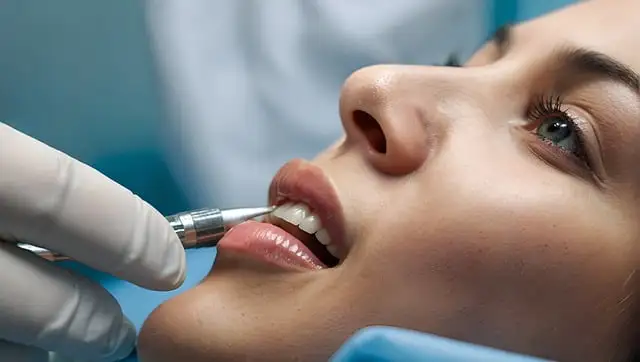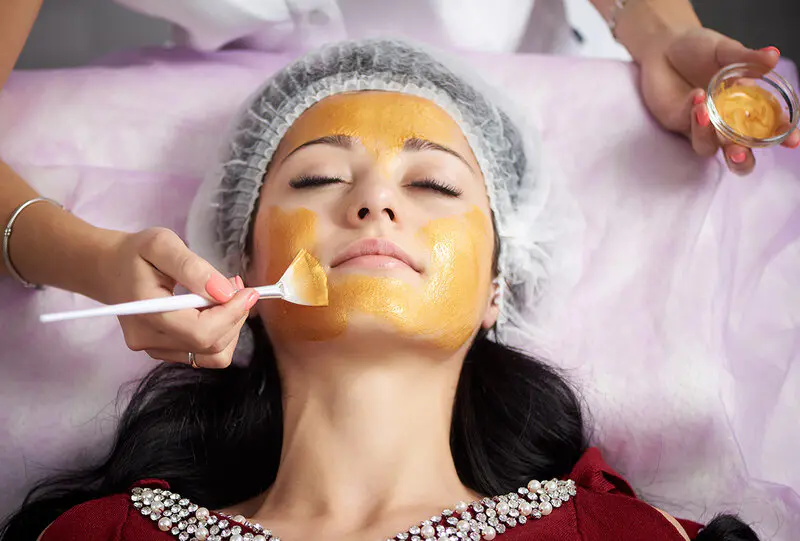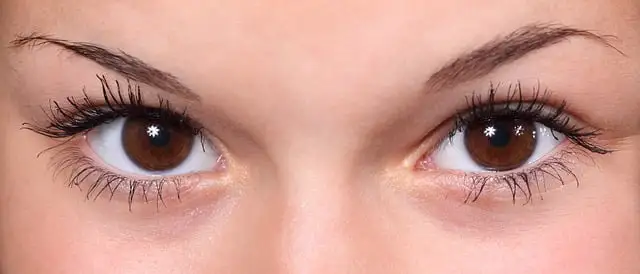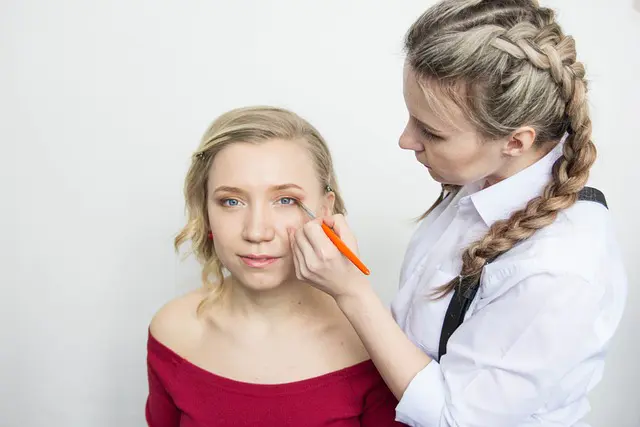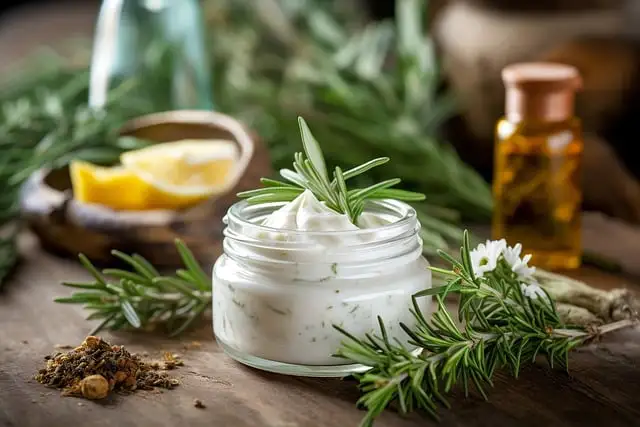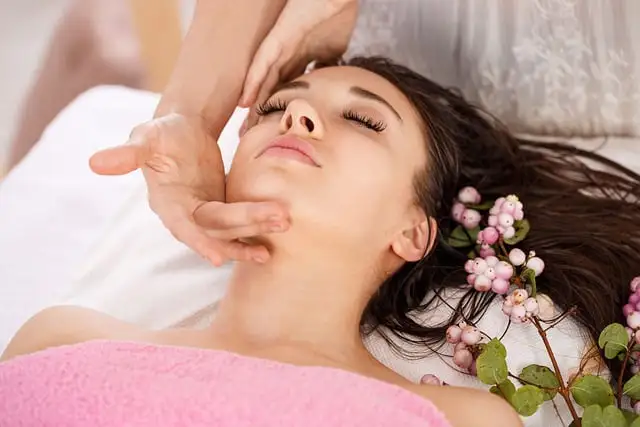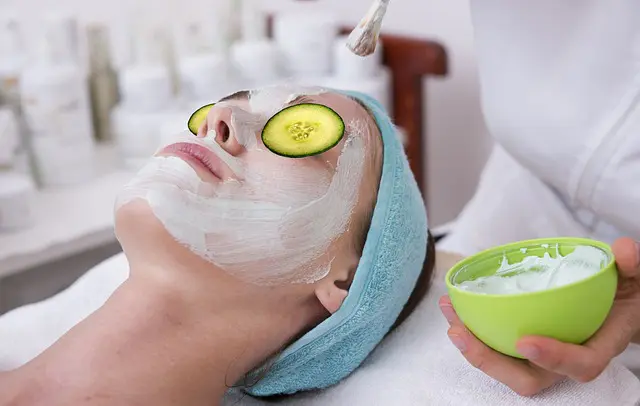The ever-evolving landscape of beauty has been revolutionized by technological advancements that have introduced a new era of skincare practices. Beyond the conventional focus on hydration, cleansing, and sun protection, innovative techniques are now offering more precise, potent, and scientifically-backed solutions. The fusion of AI, anti-aging innovations, and at-home devices illustrates how technology is making customized, premium skincare accessible to all. This article explores the technological shifts that are transforming the beauty industry and highlights the most groundbreaking advancements in skincare.
1. Personalized Skincare: The Intersection of AI and Skin Science
The incorporation of artificial intelligence (AI) and data analysis has marked a significant advancement in modern skincare, shifting from a one-size-fits-all approach to one that is tailored to individual skin types and needs.
1.1 AI-Powered Skin Analysis
Several skincare brands have developed AI-driven tools that assess skin health through smartphone photos or comprehensive consultations. These platforms consider factors such as hydration levels, skin tone, wrinkles, and pigmentation, offering personalized product and routine recommendations to cater to specific skin conditions.
Apps like SkinVision and Shiseido’s Skincare Advisor use AI to detect early signs of skin damage and aging, suggesting product choices that align with the analysis. These customized solutions allow users to achieve better results by accurately addressing specific skin concerns.
1.2 Smart Skincare Devices
The emergence of smart skincare devices in recent years has allowed consumers to customize their routines with the aid of technology. Devices such as facial cleansing brushes, LED masks, and ultrasonic tools now come with intelligent features, increasing their effectiveness.
- Cleansing Brushes: Companies like Clarisonic and Foreo have created facial brushes that use sonic technology for deep cleansing, removing dirt, oil, and makeup, and improving blood circulation. Some devices even offer adjustable settings to suit different skin types.
- LED Light Therapy Masks: LED light therapy, which uses different wavelengths to address skin concerns, has become a popular at-home treatment. Red light promotes collagen production, while blue light targets acne. Smart LED masks like the Dr. Dennis Gross mask enable users to adjust settings and treatment duration for a more tailored experience.
- Ultrasonic Skin Devices: Ultrasonic devices enhance the absorption of skincare products by penetrating deeper into the skin. Brands like NuFace use microcurrent technology to tighten and lift the skin, providing at-home skin firming solutions.
These smart devices use data to optimize your beauty routine, ensuring you get the most out of your skincare products.
2. Anti-Aging Breakthroughs: Redefining Skin Youthfulness
The quest for youthful, luminous skin has led to a significant focus on anti-aging solutions, with technology playing a pivotal role. Advanced skincare technologies now enable more effective, non-invasive treatments that combat wrinkles, sagging, and other signs of aging without the need for surgery.
2.1 Microneedling and Dermarolling
Microneedling, or dermarolling, creates minor skin injuries to stimulate collagen production and improve the appearance of fine lines, wrinkles, and scars. Devices like Dermapen and home rollers like GloPRO allow individuals to perform microneedling treatments at home.
This method encourages the skin's natural healing processes and increases collagen and elastin production, maintaining youthful firmness. While professional treatments offer more dramatic results, home devices are becoming increasingly effective and popular for those looking to rejuvenate their skin.
2.2 Radiofrequency (RF) Technology
Radiofrequency treatments use electromagnetic energy to stimulate collagen production and tighten the skin. RF technology, featured in devices like Thermage and Exilis, has become a sought-after solution for skin tightening, wrinkle reduction, and facial and body contouring.
Home RF devices from Foreo and

